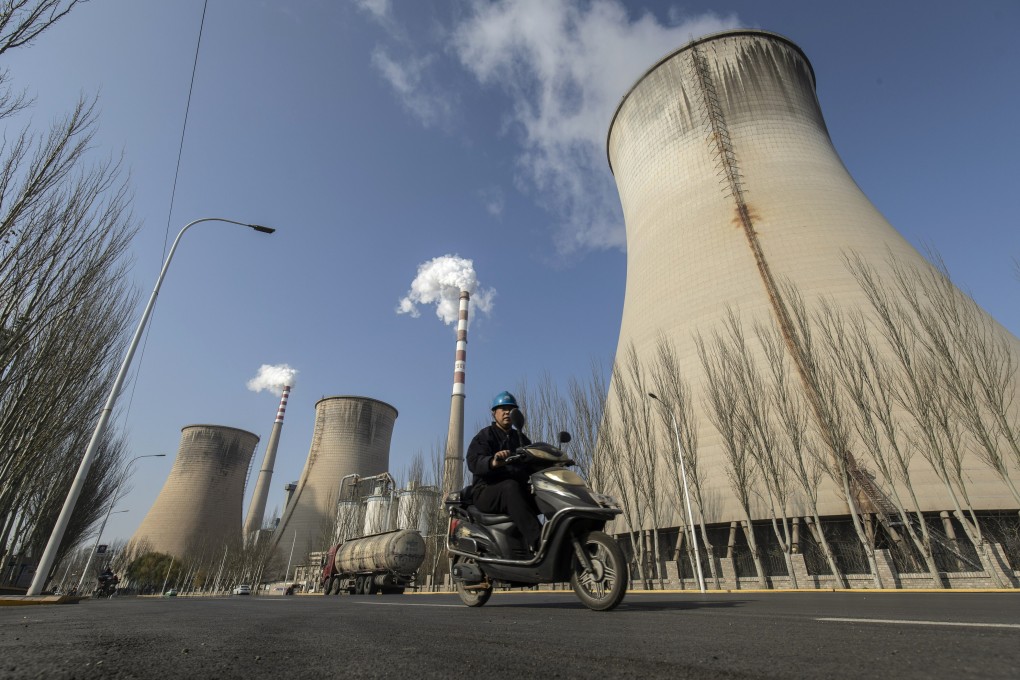Editorial | Tech is the answer to meeting energy needs
- China must look to science as it tries to reach its aim of being carbon neutral by 2060

Beijing has a balancing act meeting energy needs, ensuring fuel supplies and upholding climate change pledges. Evidence of the challenge has been apparent with recent soaring coal prices, which prompted the government to step in to cool the overheated market. That involves measures to boost supplies and crack down on speculation. But the key to resolving the problem in the long term is better advance planning – and technology can lead the way.
Coal accounts for about 64 per cent of China’s energy production, but a shortfall in supplies has in part been behind a rise in price of more than 10 per cent in December alone. It is tempting to blame the increase on the political spat between Beijing and Canberra that prompted an informal ban on Australian imports, but the decision was made during the fourth quarter when orders for the year had mostly been fulfilled. Australian purchases only account for 5 per cent of China’s needs, which does not explain the considerably bigger size of the shortfall. Other factors include the Chinese resurgence of manufacturing as the economy recovers from the Covid-19 epidemic, sharp uptick in demand with the onset of cold weather, an ongoing crackdown on illegal mines and problems arising from local government efforts to implement measures to curb pollution.
The shortage began to hit home in November when major coal-producing areas reported a reduction in output as a result of government efforts to stop illegal sales. But fossil fuels are behind China’s greenhouse gas emissions that account for about a quarter of the world’s total, the result of decades of rapid economic growth and people moving to cities. Authorities understand the damage to the environment and health caused by pollution and China has taken a global lead in the fight against climate change. President Xi Jinping has promised the nation will hit peak levels of carbon dioxide emissions by 2030 and become carbon neutral by 2060.
To achieve that goal, China has to wean itself off fossil fuels and ensure 25 per cent of energy comes from renewables such as hydroelectricity, wind and solar power. At the heart of plans are science and technology; production of hydrogen gases from green sources and their storage, battery innovation, photovoltaics and energy management.
